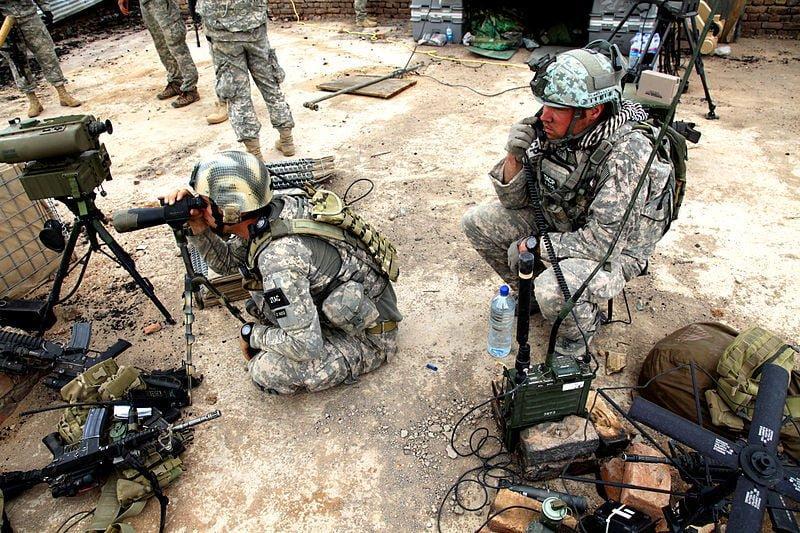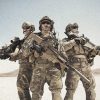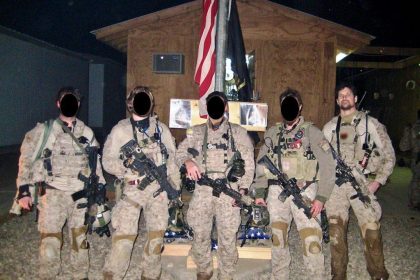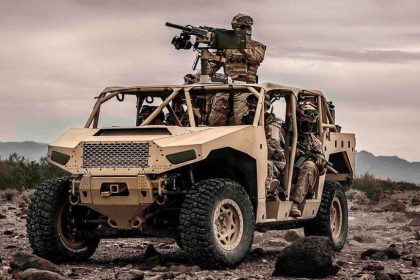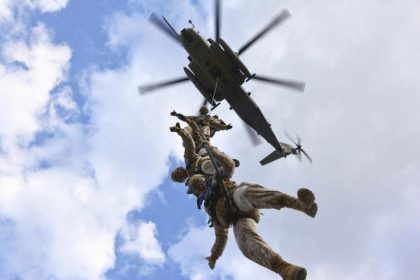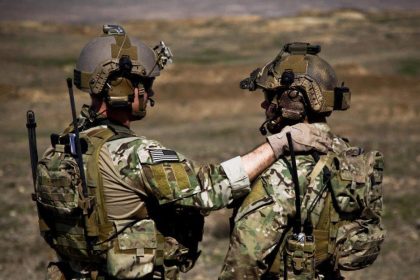The United States Air Force (USAF) employs teams of skilled Tactical Air Command and Control specialists, known as Tactical Air Control Parties (TACP), to support conventional Army units and Special Operations Forces. These teams, typically consisting of two or more members, are comprised of Enlisted Terminal Attack Controllers (ETAC) who work closely with various military branches, including U.S. Army Special Forces, Army Rangers, Navy SEALs, Delta Force, and DEVGRU operators. These specialists are responsible for providing critical air support to ground units, ensuring that air assets are effectively utilized in the field to achieve mission objectives.
Mission
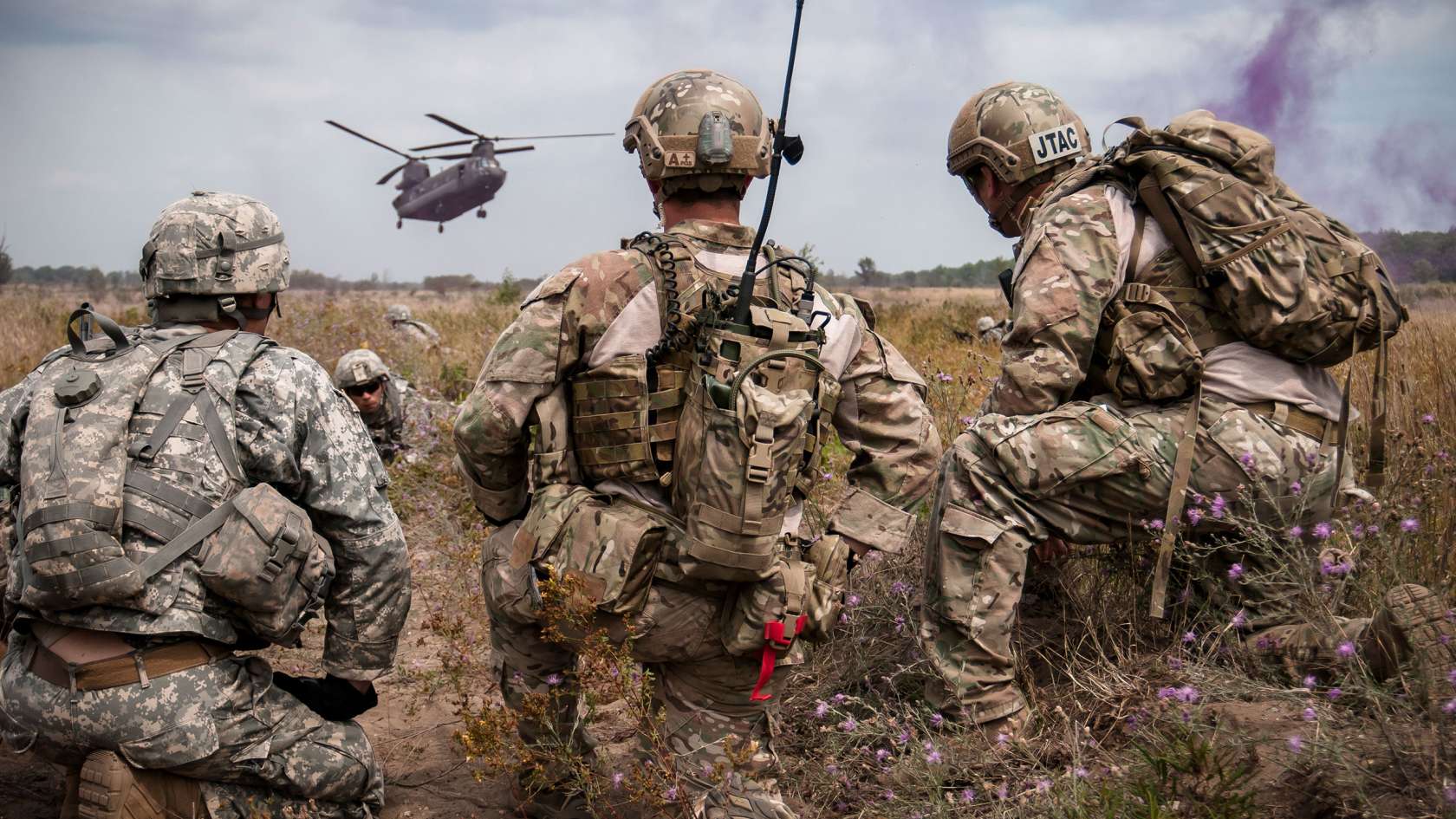
The primary function of Tactical Air Control Parties (TACP) is to advise, assist, and control the utilization of close air support assets. These teams made up of Joint Terminal Attack Controllers (JTACs), act as Forward Air Controllers (FAC) and are responsible for calling in close air support in the form of bombs, missiles, rockets, and strafing fire from attack aircraft, sometimes in close proximity to friendly ground units.
In addition to this primary role, TACP members also provide close air support and terminal guidance control for exercise and contingency operations on a permanent and continuous basis with the aim of increasing the combat capability of U.S. forces.
Furthermore, TACP members possess expertise in other areas such as artillery, naval gunfire, and attack helicopters, and they serve as advisors to ground commanders on the use of air power. This role is typically fulfilled by an Air Liaison Officer (ALO), who is usually a qualified USAF aviator. Additionally, TACP members pass on their expertise to other units, providing training and guidance to ensure that airpower is effectively utilized in the field.
Five-fold mission
- Support of U.S. Army Special Operations Command, U.S. Army Special Forces Command, John F. Kennedy Special Warfare Center, 1st, 3d, 5th, 7th and 10th Special Forces Groups, U.S. Army Rangers, 160th Special Operations Aviation Regiment, Joint Special Operations Task Forces, and other special operations units.
- Advise the ground commander on the capabilities and use of tactical airpower.
- Assist the ground commander in the planning and employment of tactical air support.
- Provide a link to the Theater Air Control System.
- Conduct Emergency Close Air Support/Terminal Guidance Operations training.
Operations
Tactical Air Control Party (TACP) operators from the United States Air Force are widely considered to be among the elite soldiers within the U.S. military. These skilled and highly trained individuals have played a crucial role in publicly known and classified operations. Some of them are:
- Urgent Fury
- Operation Just Cause
- Desert Shield/Storm
- Iris Gold
- Joint Endeavor
- Joint Guard
- Desert Fox/Thunder
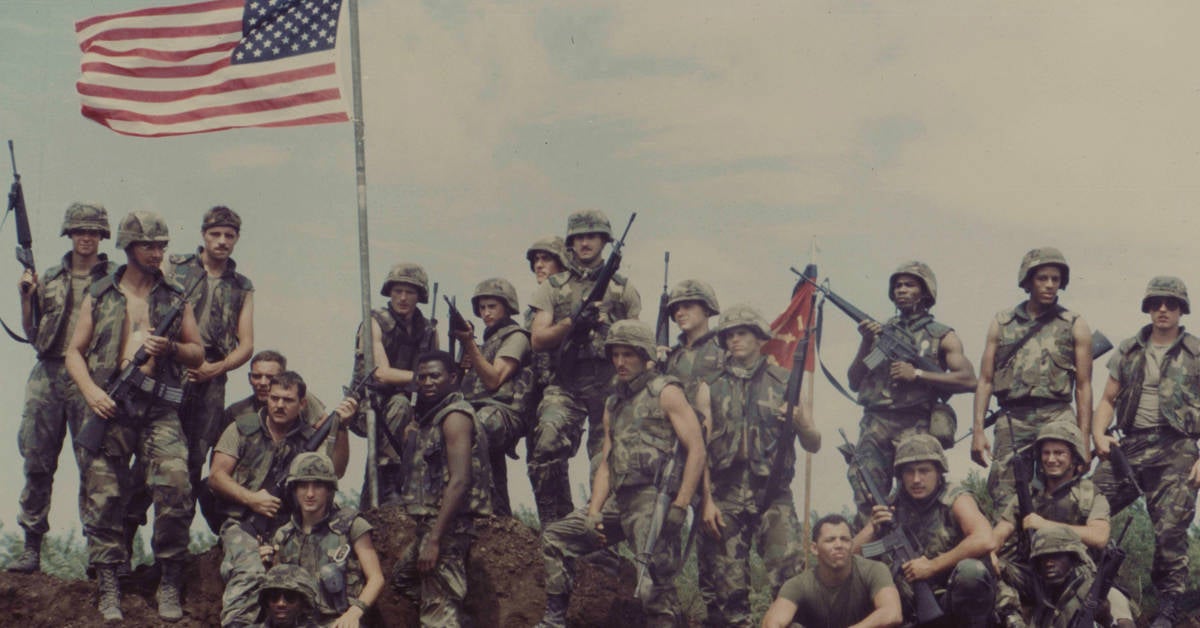
Training and selection
In the fall of 1994, 32 highly skilled personnel were selected to report to the United States Army Special Operations Command (USASOC) with the initial charter of providing Special Forces personnel with Close Air Support (CAS) training. However, the operational tempo of the newly formed Special Operations Forces Tactical Air Control Party (TACP) quickly increased. They soon deployed with Special Forces units at the Operational Battalion and Detachment levels.
It wasn’t until 1998 that the Air Combat Command (ACC) officially recognized the TACP selection process, which was designed to select only the most experienced and capable personnel to support Army Special Operations Forces. The selection process, which takes place over six days, is designed to test an individual’s maturity and mental and physical capabilities. TACP’s skills and capabilities mirror those of their Army counterparts.
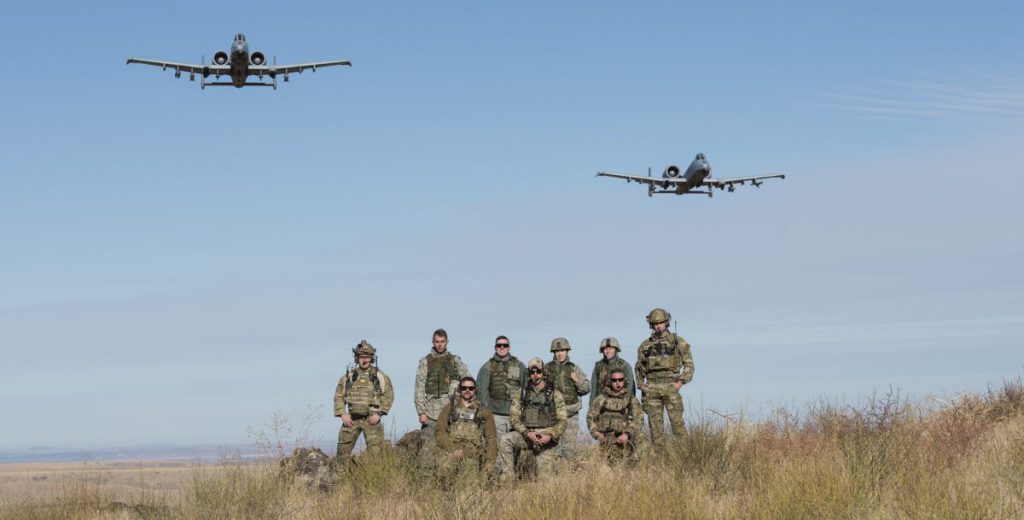
Being Airborne qualified is mandatory for TACP members, but many are also skilled in other areas such as HALO, HALO jumpmaster, static-line jumpmaster, Air Assault, Pathfinder, Scuba, and Ranger. This breadth of training and expertise allows TACP operators to effectively support a wide range of military operations and provide valuable knowledge to ground commanders.
Squadrons
The TACPs are organized into squadrons.
17th Air Support Operations Squadron (17th ASOS)
The 720th Special Tactics Group, which is a part of the Air Force Special Operations Command (AFSOC), comprises a specialized Tactical Air Control Party (TACP) squadron known as the 17th Air Support Operations Squadron (17th ASOS). This unit comprises roughly 60 special operations forces, TACP Airmen, and support staff. The 17th ASOS JTACs (Joint Terminal Attack Controllers) are deployed alongside the 75th Ranger Regiment.
Since 2011, the 17th Air Support Operations Squadron has been aligned solely with the 75th Ranger Regiment, after also having Operating Locations (O.L.s) with the active-duty Special Forces Groups (1st, 3rd, 5th, 7th, and 10th).
The 17th ASOS has several Operating Locations (O.L.s), including:
- The H.Q. element, which is based at Fort Benning, Georgia, and supports the 3/75th Ranger Battalion and the Ranger Sustainment and Training Battalion (RSTB)
- OL-E, which is based at Fort Lewis, Washington, and supports the 2/75th Ranger Battalion
- OL-A, which is based at Hunter Army Airfield, Georgia, and supports the 1/75th Ranger Battalion
13th Air Support Operations Squadron
The 13th Air Support Operations Squadron (13 ASOS) is a United States Air Force combat support unit located at Fort Carson, Colorado. The unit’s primary role is to provide tactical command and control of close air support assets to U.S. Army ground commanders during combat operations.
The 13 ASOS’s mission is to effectively integrate joint firepower, including artillery, attack aviation, and naval gunfire, to support Army operations worldwide.




